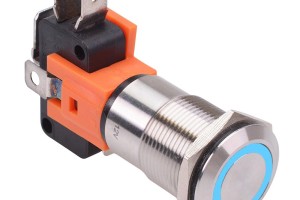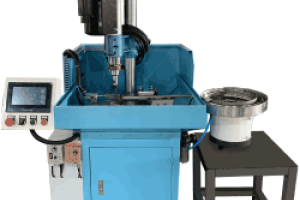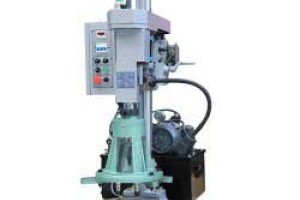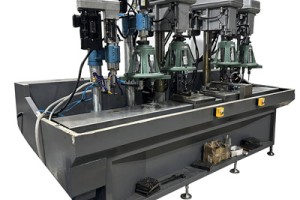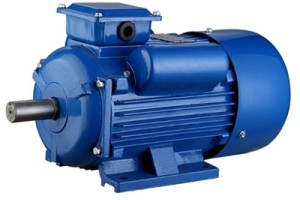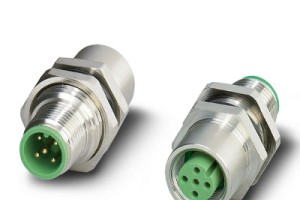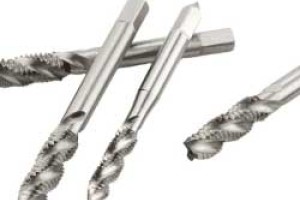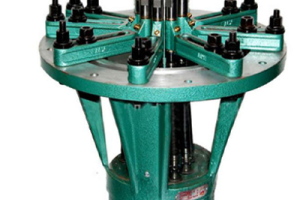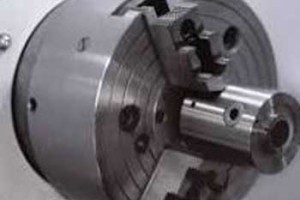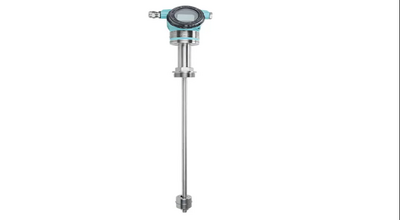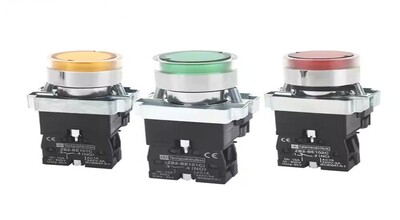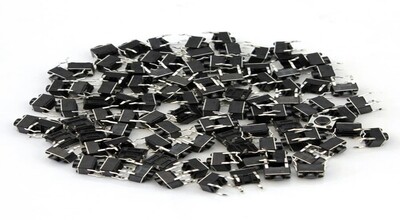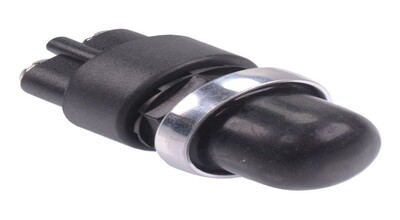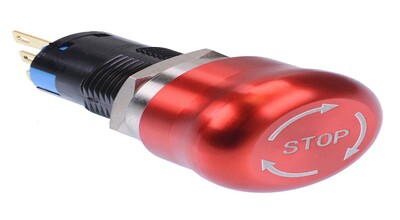0
9
Your keyboard isn’t just a tool—it’s a fingerprint of your workflow. Linear vs tactile switch debates aren’t about specs; they’re about how your brain..
0
9
In a world where every click echoes, the silent tactile switch is the ninja of input devices—delivering confident feedback without the noise. Whether ..
0
8
That crisp snap when you lock your car doors or the reassuring bump as your thermostat confirms a temperature change—you’re feeling the magic of a tac..
0
10
Imagine pressing a button that whispers back a smooth, almost aquatic resistance followed by a decisive snap. Enter the Salmon Tactile Switch, enginee..
0
7
Ever wondered why your keyboard’s “enter” key feels so satisfying? Meet the tactile switch—a tiny titan that turns mundane button presses into precisi..
0
4
Magnetostriction is a physical phenomenon where certain ferromagnetic materials (e.g., iron, nickel, cobalt, and their alloys) undergo slight shape ch..
0
9
Tired of finicky garage door remotes that fail when you need them most? A garage door opener remote with DIP switches delivers rock-solid reliability..
0
8
Struggling to dial in the perfect sound? EP Booster DIP switches are your secret weapon for studio-grade tone shaping. These compact, hands-on contro..
0
7
Ever wondered how devices “know” their configuration without software? Meet DIP switches—the tiny, tactile tools that empower hardware customization...
0
11
If you’ve ever tinkered with electronics or industrial devices, you’ve likely encountered the term DIP switches. But what are DIP switches, and why d..
0
15
If you’ve ever wondered, “What are dip switches on a garage door opener?”—these tiny components are your system’s silent security guards. Unlike moder..
0
11
What Are Emergency Switches?Emergency switches, often referred to as emergency stop switches or E-stop switches, are designed to immediately halt oper..
